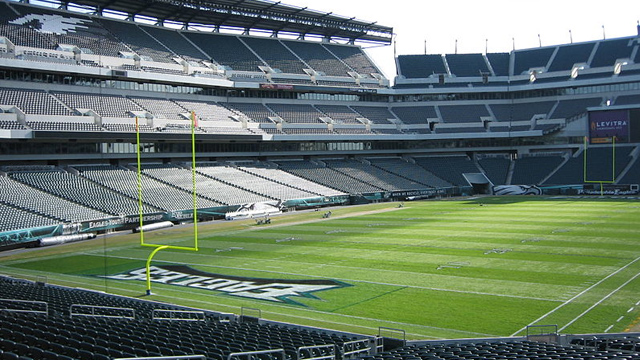Last week I stood on Safeco Field, the home of the Seattle Mariners, and watched Major League Baseball Commissioner Bud Selig receive an award for his leadership in greening sports. He told the crowd that environmental stewardship makes sense to anyone who loves baseball and loves to see it played on green grass under blue skies.
Selig’s remarks were a welcome antidote to the current political vitriol. Some lawmakers continue to deride clean energy and attack environmental protections. But every major league sport in America has left those outdated views in the dust.
During the Green Sports Alliance conference in Seattle last week, I heard 500 leaders from Major League Baseball, the National Hockey League, the National Basketball Association, and NASCAR describe their remarkable progress in saving energy, generating power from wind and solar, conserving water, and cutting down on food and paper waste.
You realize just how out-of-step anti-environmental lawmakers are when a $400 billion industry with hundreds of millions of fans is busy installing solar panels and expanding recycling programs.
Sports are a powerful force in American culture. More than 73 million fans attended Major League Baseball games last year. The NBA has 800 million fans worldwide and the National Hockey League gets 1 million hits per day on its website. When fans arrive at the stadium these days, more and more of them are encountering low-flow toilets, more sustainable food, and energy efficient light bulbs — helping to make environmental solutions an ordinary part of everyday life.
In July, I went to a White House event on greening sports, and I told an executive from the Pittsburgh Pirates baseball club that stadium recycling programs reminded me of the placards in hotels that encourage visitors to recycle their towels. “The difference is fans are more loyal to sports than anything else. They live and breathe these clubs, and they follow what the clubs do.”
NRDC just released a report, Game Changer: How the Sports Industry is Saving the Environment, describing what clubs are doing to promote sustainability. The St Louis Cardinals have reduced energy use by more than 20 percent at Busch Stadium since 2006. Century Link Field, where Seattle’s Seahawks and Sounders play, went from recycling 3 percent of its waste to 47 percent in three years by working with its food, composting, and garbage vendors.
Read the rest at Huffington Post.
Photo: Lincoln Financial Field, home of the Philadelphia Eagles, is among the sports stadiums embracing renewable energy and sustainable practices. (Wikimedia Commons)
